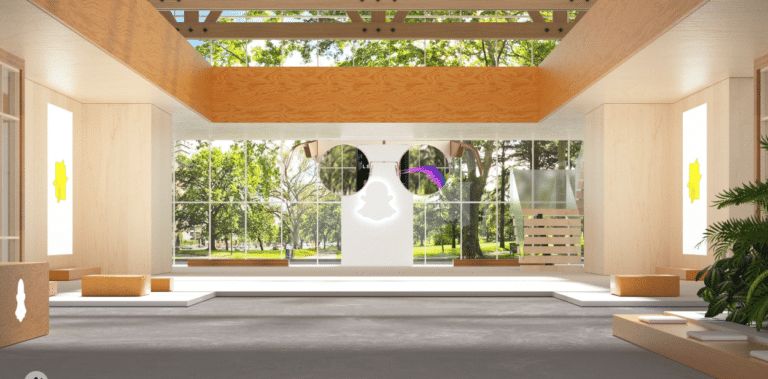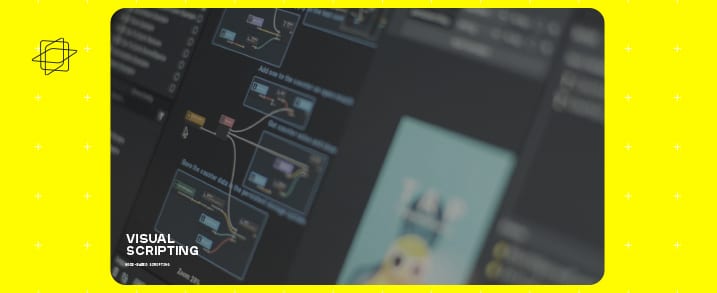
Snapchat is the engagement and revenue leader in consumer AR. This is driven largely from the high-frequency lens usage it’s been able to generate….and its ability to monetize. This stems from Snap’s AR focus, and the technology’s alignment with its core “camera-company” ethos.
Its leading AR position also continues to be validated by performance indicators, including lenses created and consumed. The latest figures were revealed at last week’s Lens Fest, during which Snapchat announced updates to its Lens Studio AR creation platform (more on that in a bit).
The most striking new figure is the fact that community lenses have been viewed more than 1 trillion times. This comes from a base of roughly one million lenses as of June (though that total has since grown). The most popular lenses can be viewed as many as 3 billion times.
Panning back to other key stats, more than 180 million users view Snapchat lenses on a daily basis — the most of any consumer AR player. Among competitors, it also has the greatest portion of its overall user base (72%) that’s AR-active, according to ARtillery’s mobile AR forecast.

Walking the Walk
One reason Snap has been able to reach a trillion (with a T) lens views is its ongoing embrace of the lens creator community. This has been a theme over the past two years, and was prevalent at last week’s Lens Fest. It’s pouring ample resources into making them feel loved.
This commitment to the creator community is embodied in Lens Studio 3.3, not to mention a $3.5 million grant to support AR developers. Snap also announced a collaboration with LACMA to showcase the work of lens creators, and a new STEM-based education initiative.
Zeroing in on Lens Studio 3.3, it features several new tools and workflows. My Lenses 2.0 lets creators organize, access and monetize lens portfolios. It also brings more “no code” functionality for visual scripting and object-oriented lens creation — a key feature for broadening its base.
For example, it’s now easier for lens creators to do things like set their lens visibility, or add tags and Scan triggers (Snap’s visual search feature). There’s additionally some back-end magic that will do things like compress textures to reduce file sizes so that lenses load faster.
Elsewhere in Lens Studio 3.3 are new templates. A face morph lens template turns faces into animated 3D characters. Moving further into eCommerce and rear-facing camera AR, a new configuration template enables adjustable lenses for shopping and product try-ons.


Virtuous Cycle
In all of the above updates, a key theme is making the platform more attractive for developers of all skill ranges. This can be seen in features like organizing lens portfolios or creating product try-ons, both of which have implications for creators to more effectively monetize their lenses.
Panning back, this is all key to Snap’s AR flywheel effect. Robust lens libraries attract users and boost engagement. A growing audience then attracts lens developers which further expand the library and, in turn, more users. And all of the above attracts the real endgame: advertisers.
Snap knows this virtuous cycle kicks off with developers, hence its ongoing support and community building. It’s come a long way from initially keeping AR lens design in-house (where TikTok’s AR efforts are today). Lens Studio has been its way to scale up volume and creativity.
Throughout that process, Lens Studio tools and workflows have gradually evolved, up to and including version 3.3. Standouts and milestones over the past two years include creator profiles; hand & body templates; Scan; Landmarkers; Local Lenses and Snap ML. Next up… LiDAR.
If that momentum is any indication, we’ll continue to see Lens Studio evolve rapidly. Snap is driven to propel AR as an increasingly-influential component of its revenue model. It’s internalized the feedback loop of AR-driven financial success and is living up to its “camera-company” title.

